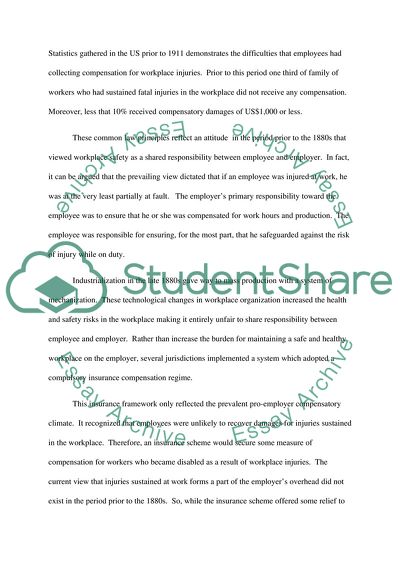Cite this document
(Occupational Health and Safety Assignment Example | Topics and Well Written Essays - 1250 words, n.d.)
Occupational Health and Safety Assignment Example | Topics and Well Written Essays - 1250 words. https://studentshare.org/law/1718615-occupational-health-and-safety-risk-workers-facequestions
Occupational Health and Safety Assignment Example | Topics and Well Written Essays - 1250 words. https://studentshare.org/law/1718615-occupational-health-and-safety-risk-workers-facequestions
(Occupational Health and Safety Assignment Example | Topics and Well Written Essays - 1250 Words)
Occupational Health and Safety Assignment Example | Topics and Well Written Essays - 1250 Words. https://studentshare.org/law/1718615-occupational-health-and-safety-risk-workers-facequestions.
Occupational Health and Safety Assignment Example | Topics and Well Written Essays - 1250 Words. https://studentshare.org/law/1718615-occupational-health-and-safety-risk-workers-facequestions.
“Occupational Health and Safety Assignment Example | Topics and Well Written Essays - 1250 Words”. https://studentshare.org/law/1718615-occupational-health-and-safety-risk-workers-facequestions.


